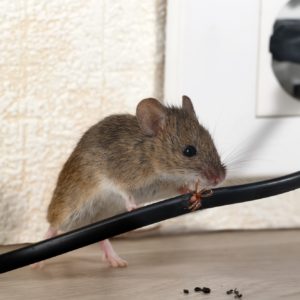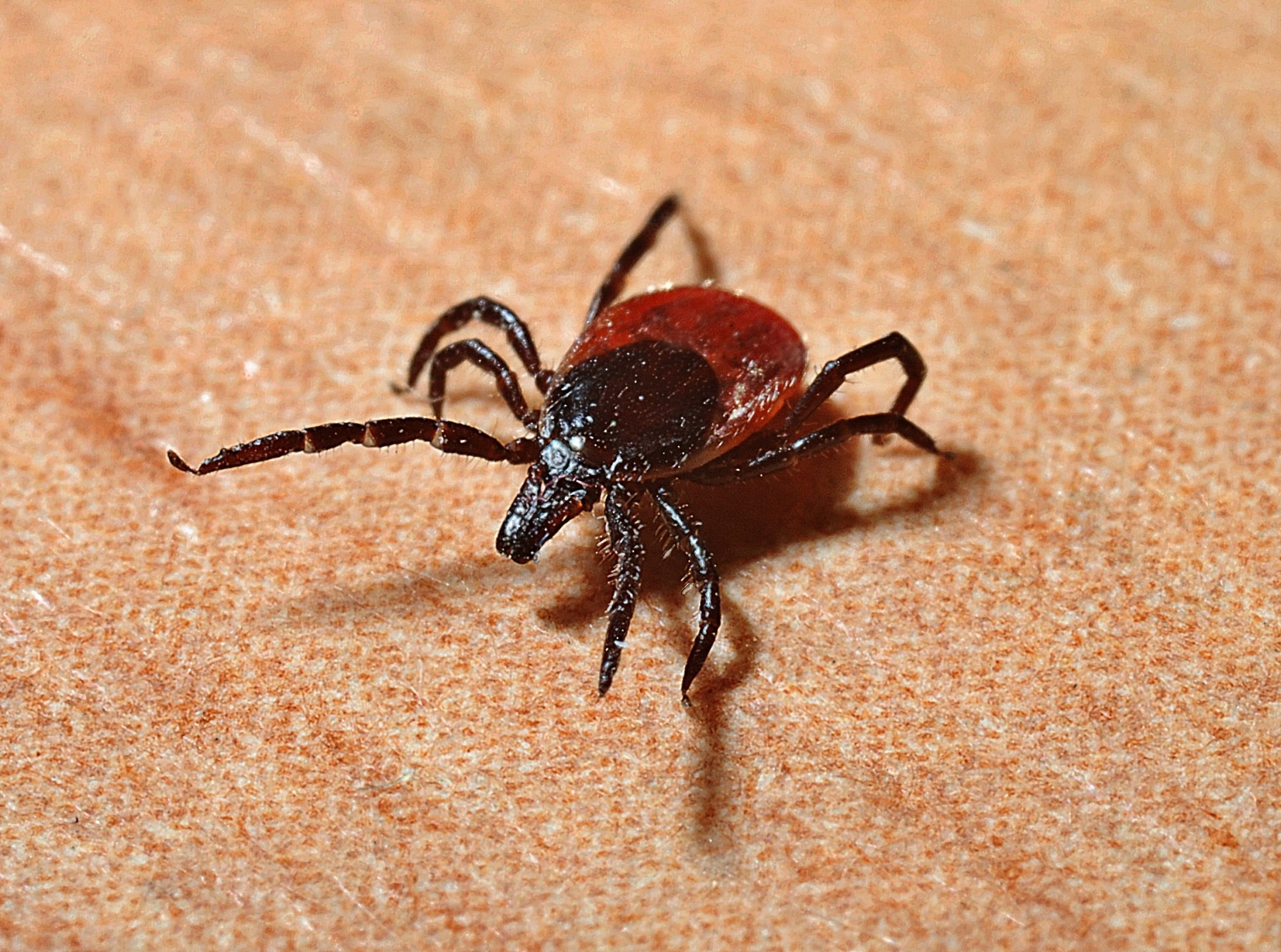Eco-Smart Tick Control – Exterior Perimeter and Recreational Spaces – Initial Visit
$210.00 Original price was: $210.00.$105.00Current price is: $105.00.
VIDEO: Tick Free For the best tick control, we recommend a spring, summer and early fall treatment.
VIDEO: How to get rid of ticks. Ticks, Mice and Lyme Disease - What is the Relationship?
Easy Tick Treatment: Keep Your Yard Safe All Year
For just $105 per treatment, our tick control service helps keep your yard safe and worry-free. Once you’re set up, we handle everything—future treatments are automatically scheduled and billed to you through email. Paying is simple and secure, with options to pay online or by check.
Complete Protection: Each treatment uses a high-quality granular product applied around landscape edges, along with tick tubes, covering up to 15,000 square feet. This system is designed to stop ticks where they hide.
How It Works: Check out the video on our website to see how our tick control system works before you order. It’s quick and easy to understand.
Stress-Free Scheduling: After you sign up, we’ll contact you the next business day to set your service date. You don’t need to be home during the treatment, but you can be if you’d like! Have questions or need urgent service? Call our friendly team at 800-990-0335.
Discount Info: If you’re using a coupon, it will only apply to your first treatment and not the ongoing ones.
Order today and enjoy a simple, effective way to protect your yard. Keep your outdoor space tick-free with no hassle and lots of peace of mind!

Understanding The Role of White-Footed Mice in Lyme Disease Transmission and the Impact of Rodent Control on Tick Populations
Introduction
Lyme disease is a growing health concern, particularly in our area where black-legged ticks (Ixodes scapularis) are prevalent. The disease is caused by the bacterium Borrelia burgdorferi, which is primarily transmitted to humans and other animals through tick bites. Ticks acquire B. burgdorferi by feeding on infected white-footed mice (Peromyscus leucopus), which serve reservoirs for the bacteria.
Understanding the relationship between these rodents and tick populations is essential to formulating effective strategies for Lyme disease prevention. Here we’ll explore the transmission dynamics between white-footed mice and black-legged ticks and discuss how managing rodent populations can reduce the risk of Lyme disease.
How Black-Legged Tick Nymphs Acquire Borrelia Burgdorferi
Black-legged ticks are born free of B. burgdorferi and must acquire the bacteria through feeding. Nymphal ticks, which are the primary carriers of Lyme disease due to their size and feeding habits, often acquire the bacteria when they feed on small mammals such as white-footed mice. The white-footed mouse is one of the most competent reservoirs for B. burgdorferi, meaning it is highly effective at maintaining and spreading the bacteria. When a nymphal tick feeds on an infected mouse, it ingests the bacteria, which then persist in the tick’s midgut and can be transmitted during its next blood meal, potentially to humans and other animals.
The Importance of White-Footed Mice in the Lyme Disease Cycle
White-footed mice play a crucial role in the Lyme disease cycle because they are highly abundant in tick-prone areas and maintain a high prevalence of B. burgdorferi. Unlike other animals, mice have prolonged interactions with ticks due to their small home ranges and high reproductive rates, which keep them available as hosts year-round. Additionally, mice are poor groomers, meaning that ticks are less likely to be removed before completing a blood meal. This close relationship between mice and ticks makes white-footed mice essential for maintaining B. burgdorferi in the environment.
The Impact of Rodent Control on Tick Populations
By reducing white-footed mouse populations, it is possible to disrupt the Lyme disease transmission cycle. During winter, white-footed mice seek shelter in warmer areas such as residential yards, increasing the likelihood that ticks will find suitable hosts close to human dwellings. Removing or controlling rodent populations around the home during the winter can help reduce the number of infected nymphal ticks in the following spring. Without a suitable host to feed on, ticks are less likely to survive, effectively reducing the risk of Lyme disease exposure in human environments.
Best Practices for Rodent Control to Reduce Tick Populations
To minimize rodent populations, homeowners can take several practical steps:
- Seal Entry Points: Close off gaps in foundations, doors, and windows to prevent rodents from entering homes and garages.
- Eliminate Food Sources: Store food in rodent-proof containers and avoid leaving pet food or birdseed outside.
- Clean Up Yard Debris: Remove leaf litter, wood piles, and other debris where rodents may seek shelter.
- Population Control: subscribe to Planet Friendly Pest Control’s exterior rodent control program.
By implementing these control measures, homeowners can decrease the likelihood that ticks will be carried into their yards by white-footed mice and reduce the potential for Lyme disease transmission in the spring.
FAQs
Q: Why is the white-footed mouse so important in Lyme disease transmission?
A: White-footed mice are efficient carriers of B. burgdorferi, which causes Lyme disease. Their abundance, small home ranges, and high reproductive rates make them a consistent host for black-legged ticks, allowing ticks to effectively acquire and spread the bacteria.
Q: How can rodent control reduce the risk of Lyme disease?
A: Reducing the white-footed mouse population limits the number of infected nymphal ticks in residential areas. Without mice to feed on, fewer ticks survive, and thus the risk of Lyme disease transmission decreases.
Q: What is the most effective way to prevent rodent infestations?
A: Sealing entry points, eliminating food sources, cleaning up yard debris combined with a professional population control plan are essential strategies for preventing rodent infestations around the home.
Q: Are there specific times of the year when rodent control is most effective?
A: Winter is an ideal time for rodent control since white-footed mice seek shelter in warmer areas, including human dwellings. Controlling rodents during this season helps reduce tick populations in the spring.
You may also like…
-

Eco-Smart Perimeter Pest Control – Initial Visit
$135.00 -
Sale!

Eco-Smart Rodent Control – Initial Visit
$580.00Original price was: $580.00.$250.00Current price is: $250.00. -
Sale!

Eco-Smart NO SPRAY Mosquito Control – Initial Visit
$620.00Original price was: $620.00.$300.00Current price is: $300.00.
NEED HELP?
If you live in Southern Maryland, or Northern Virginia
FIND YOUR SOLUTION HERE
People, Pet & Pollinator Safe! Pest control for people who care.







